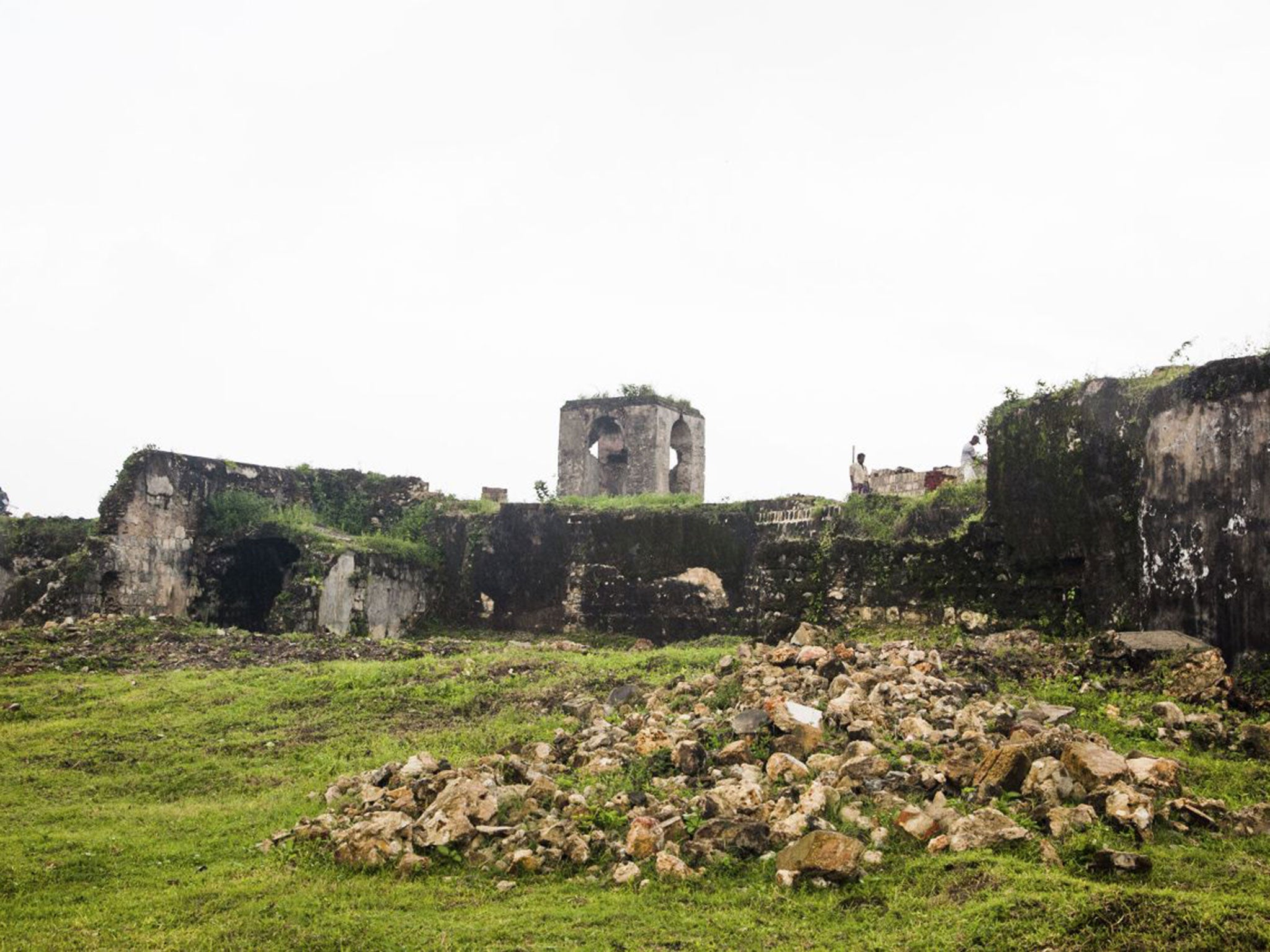Postcard from... Jaffna

Twenty-some years ago, the Tamil Tigers drove the Sri Lankan army out of Jaffna Fort, in the far north, and set about destroying it. Part of their demolition work is still visible: huge masonry chunks from an imposing church lie piled on top of each other where the building was torn down. The Dutch had erected it inside the fort back in the 18th century.
From a western perspective this may look like cultural vandalism of a high order, but they had their reasons. The sprawling polygonal structure which covers several square kilometres, with berms some three metres thick to absorb canon shell, had lost its tactical meaning in the age of aerial bombing.
The Tigers called it “a monument to slavery”, and one can see their point: first erected by the Portuguese in 1619, then completely rebuilt as one of the most formidable defence works in Asia by the Dutch before being taken over intact by the British, it is an eloquent symbol of the island’s four centuries under the boot of one European power or another.
But the government of President Mahinda Rajapaksa, which crushed the Tiger insurgency four years ago, takes a longer view. They are busy restoring the fort to its original state; other Dutch relics, like the fine neo-classical President’s House in Colombo, also from the 18th century, are getting the same treatment. Properly cleaned up, the message goes, these can be symbols not of subjection but of national pride. That’s one policy Western nations should not have too much trouble approving.
Join our commenting forum
Join thought-provoking conversations, follow other Independent readers and see their replies
Comments
Bookmark popover
Removed from bookmarks